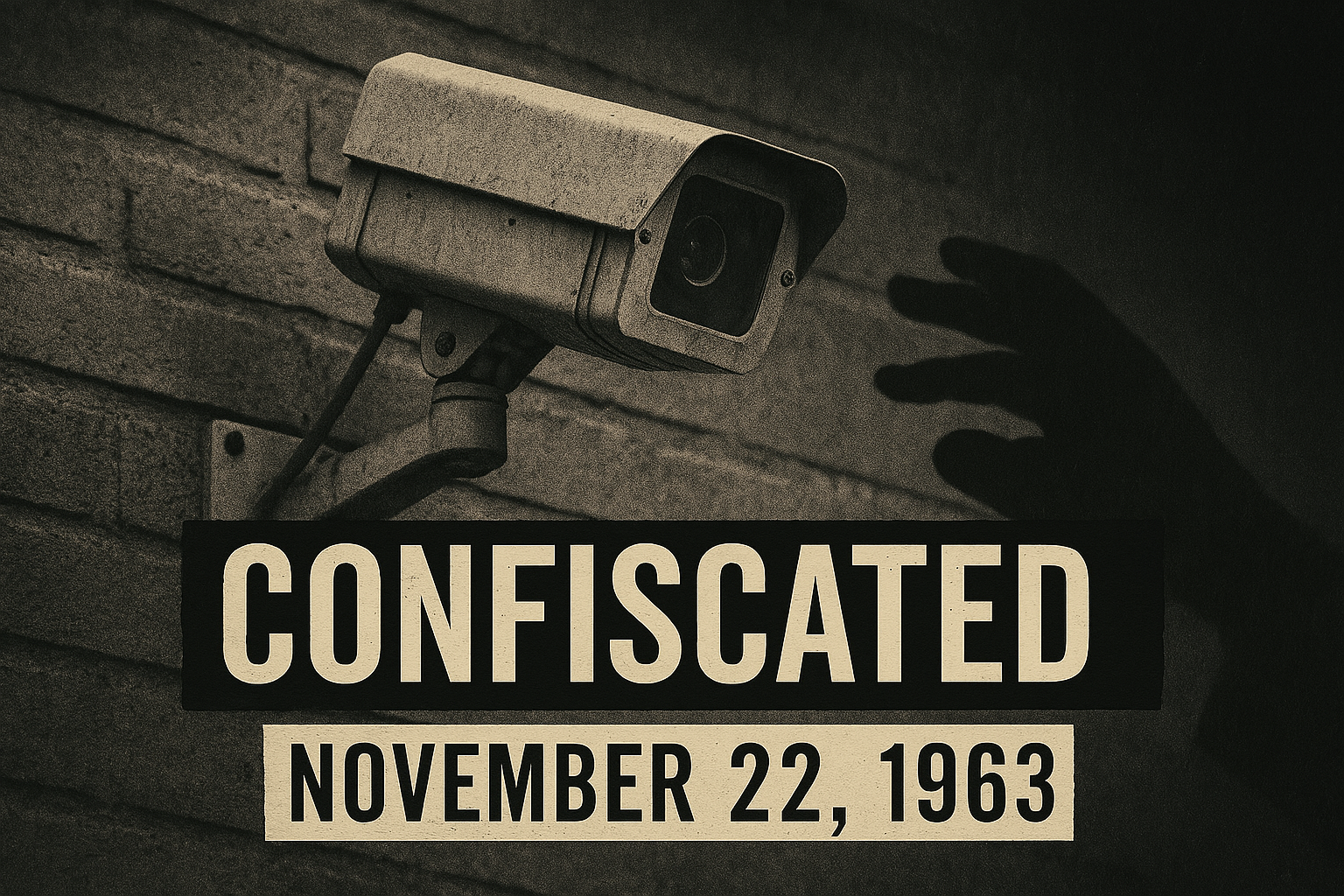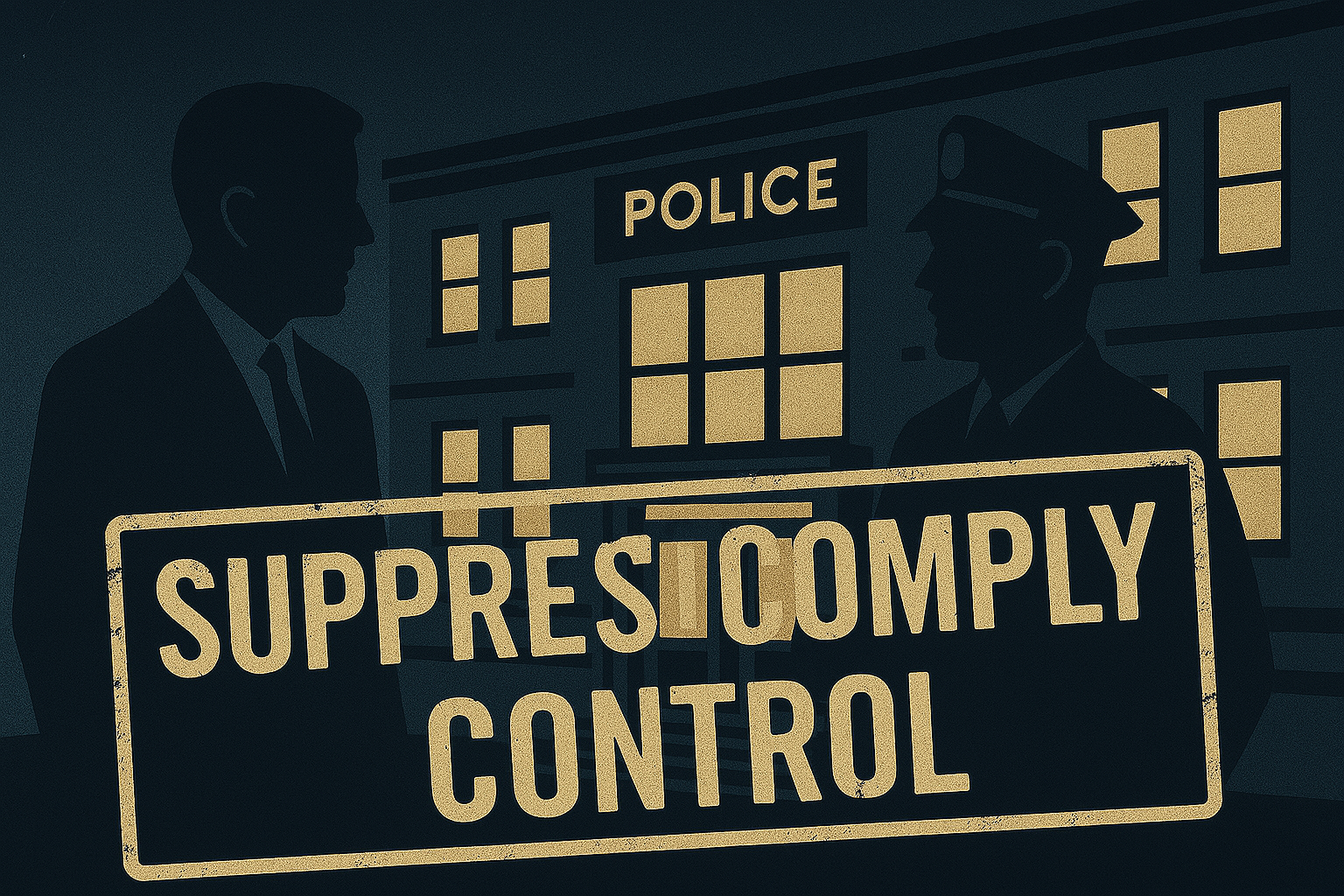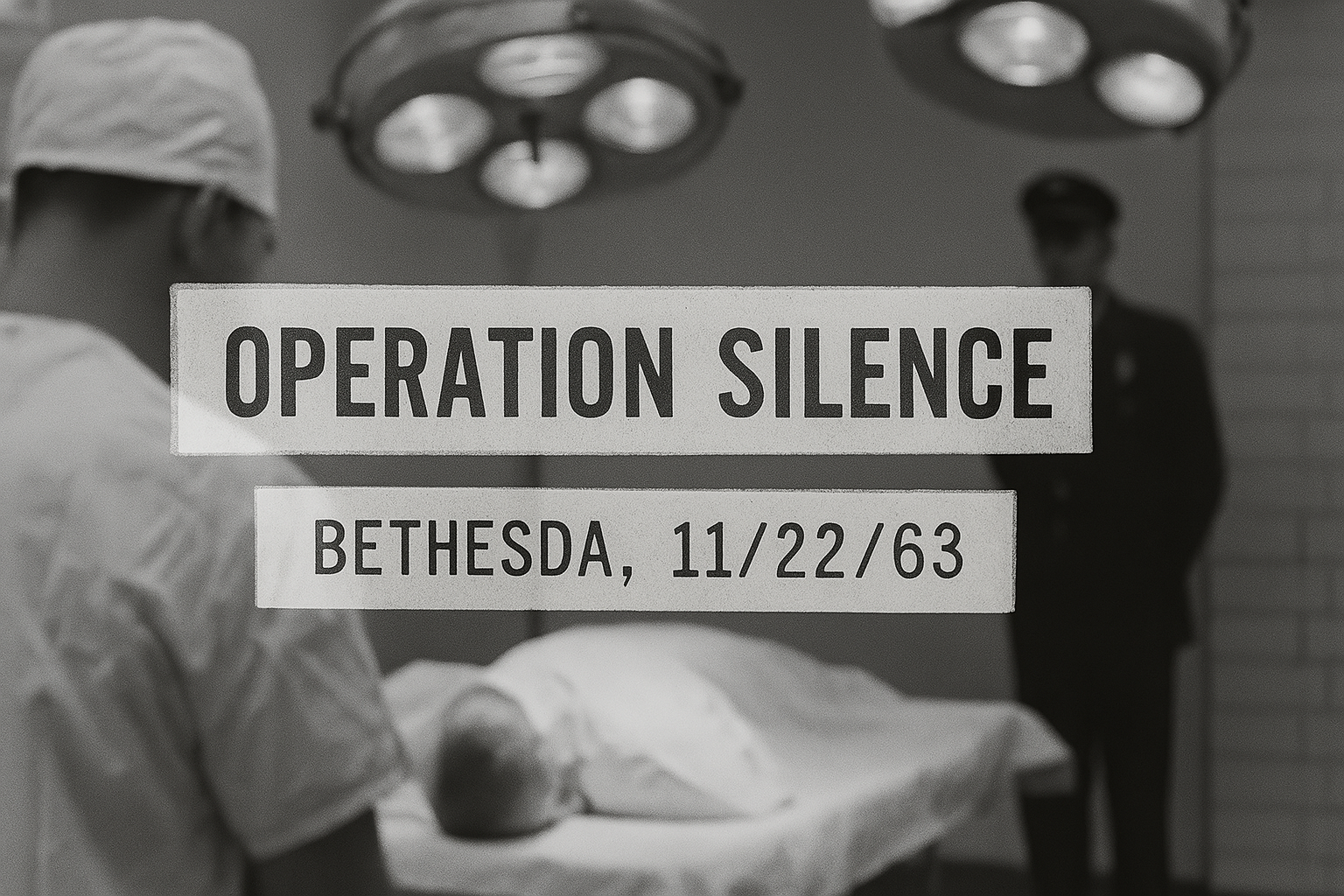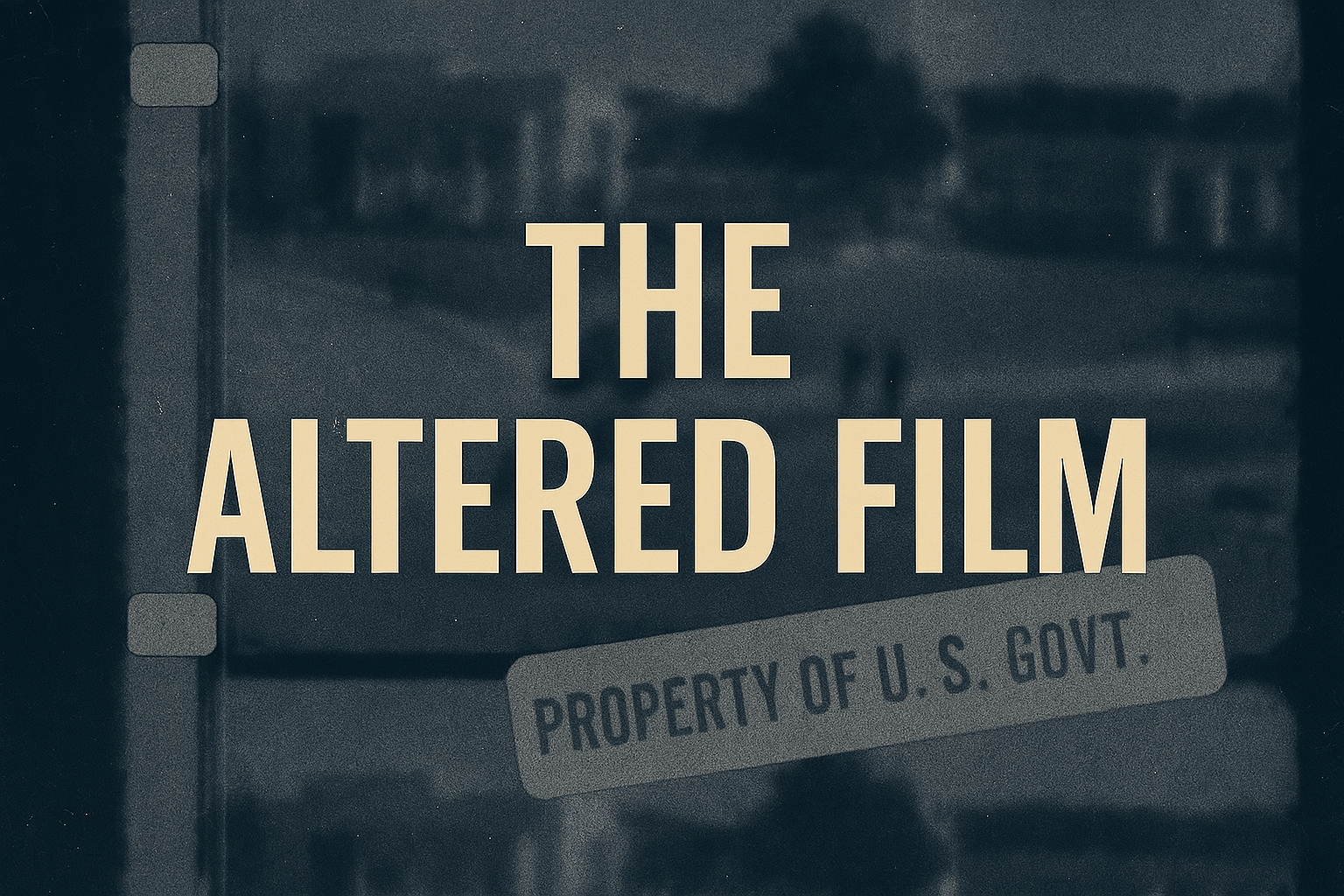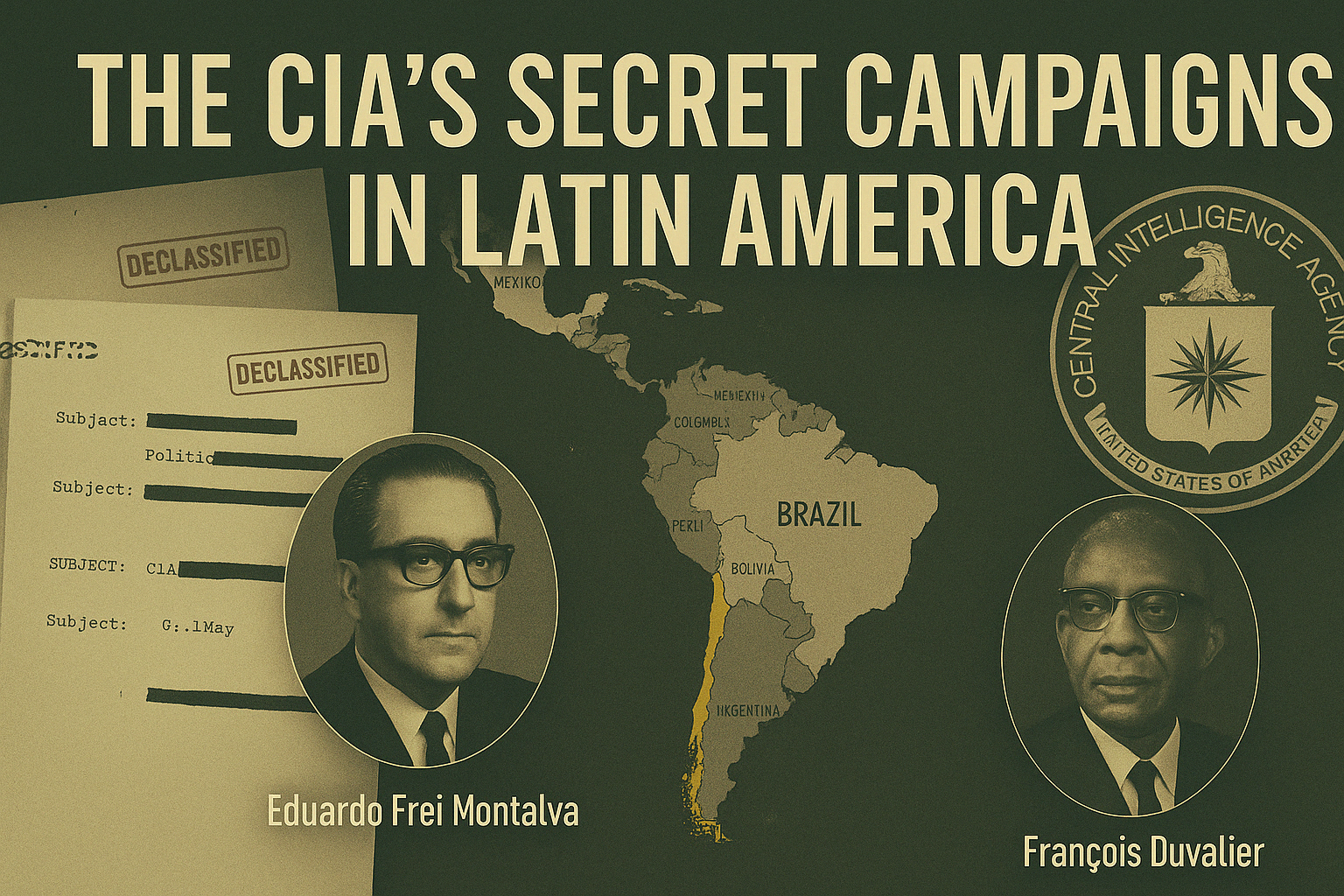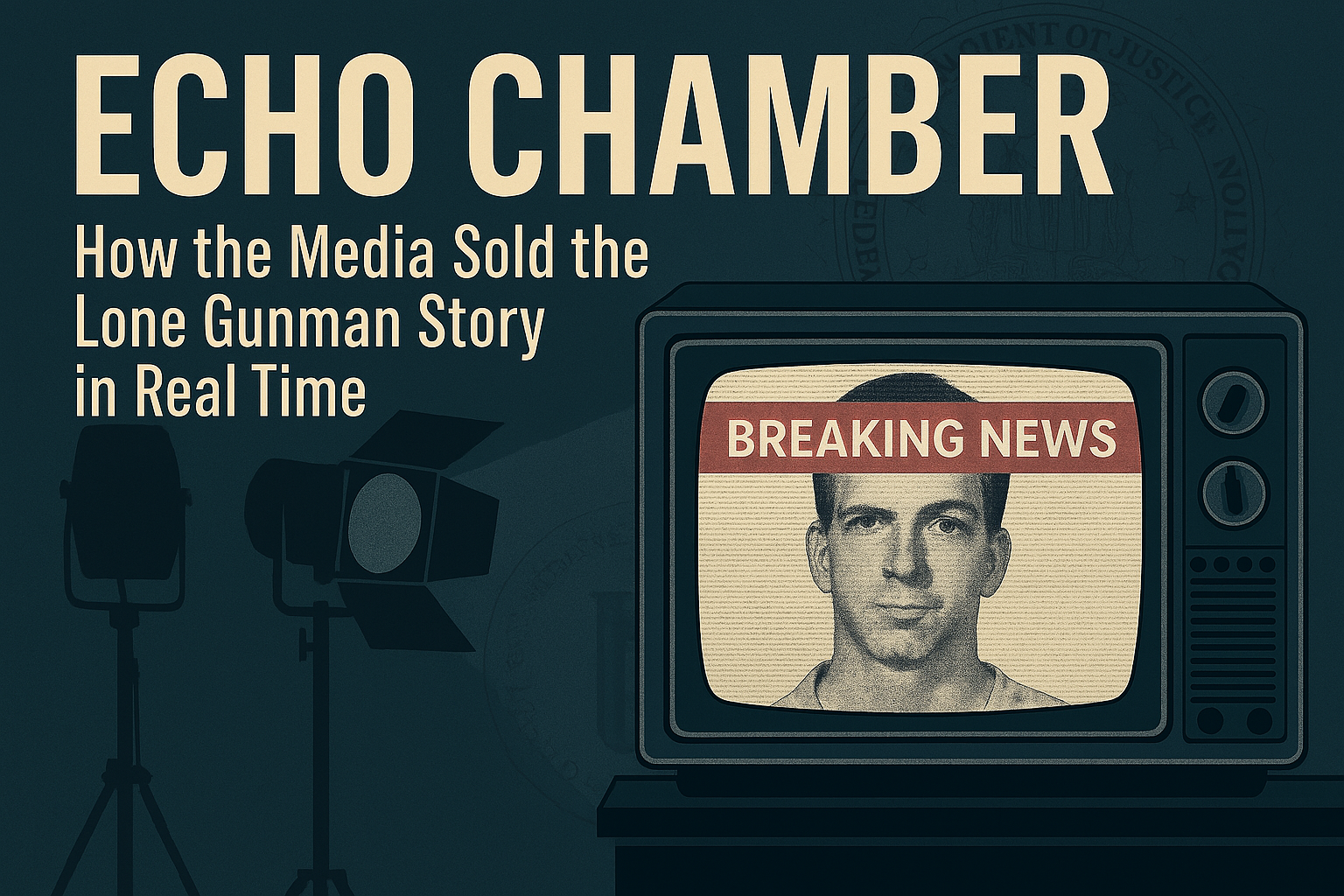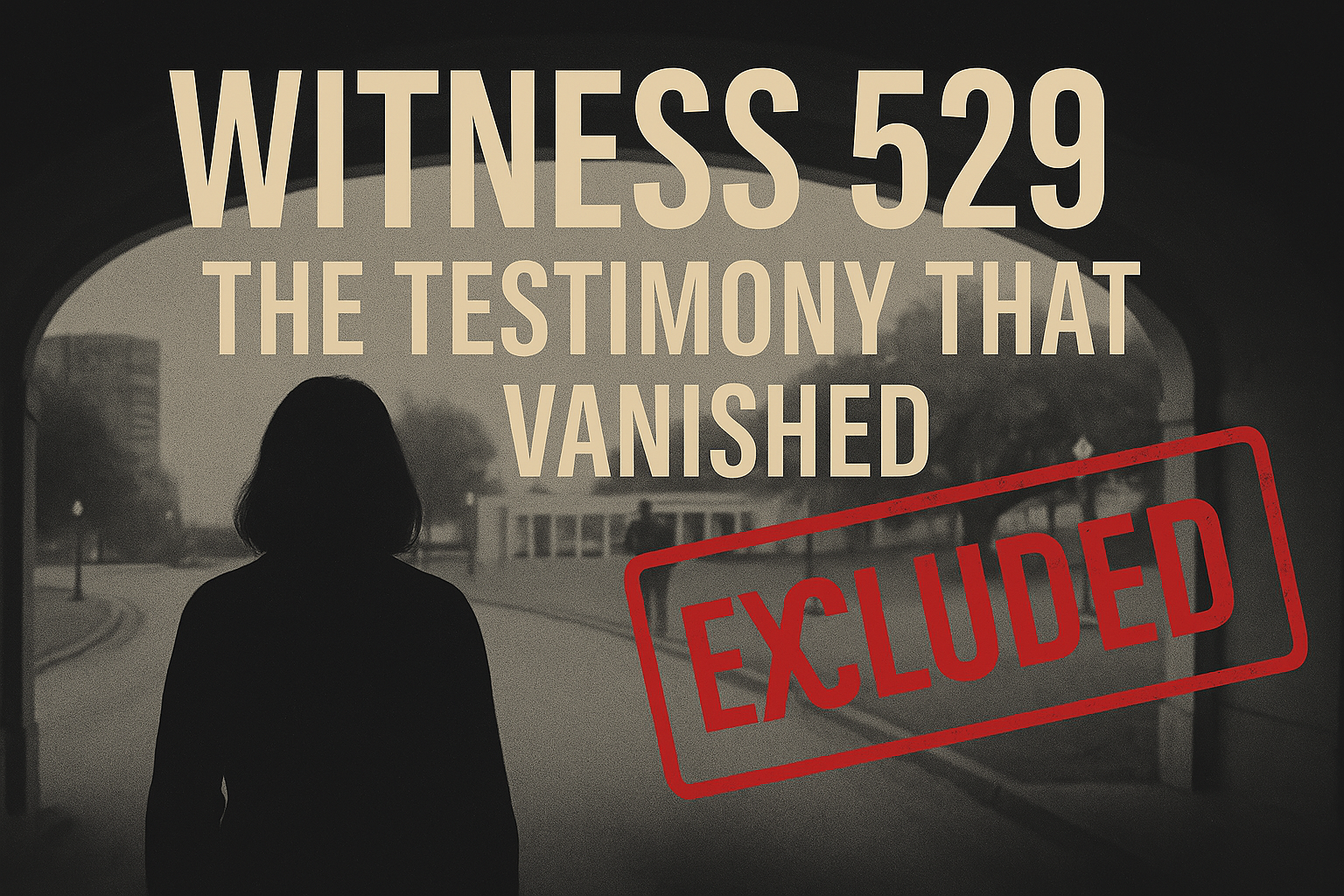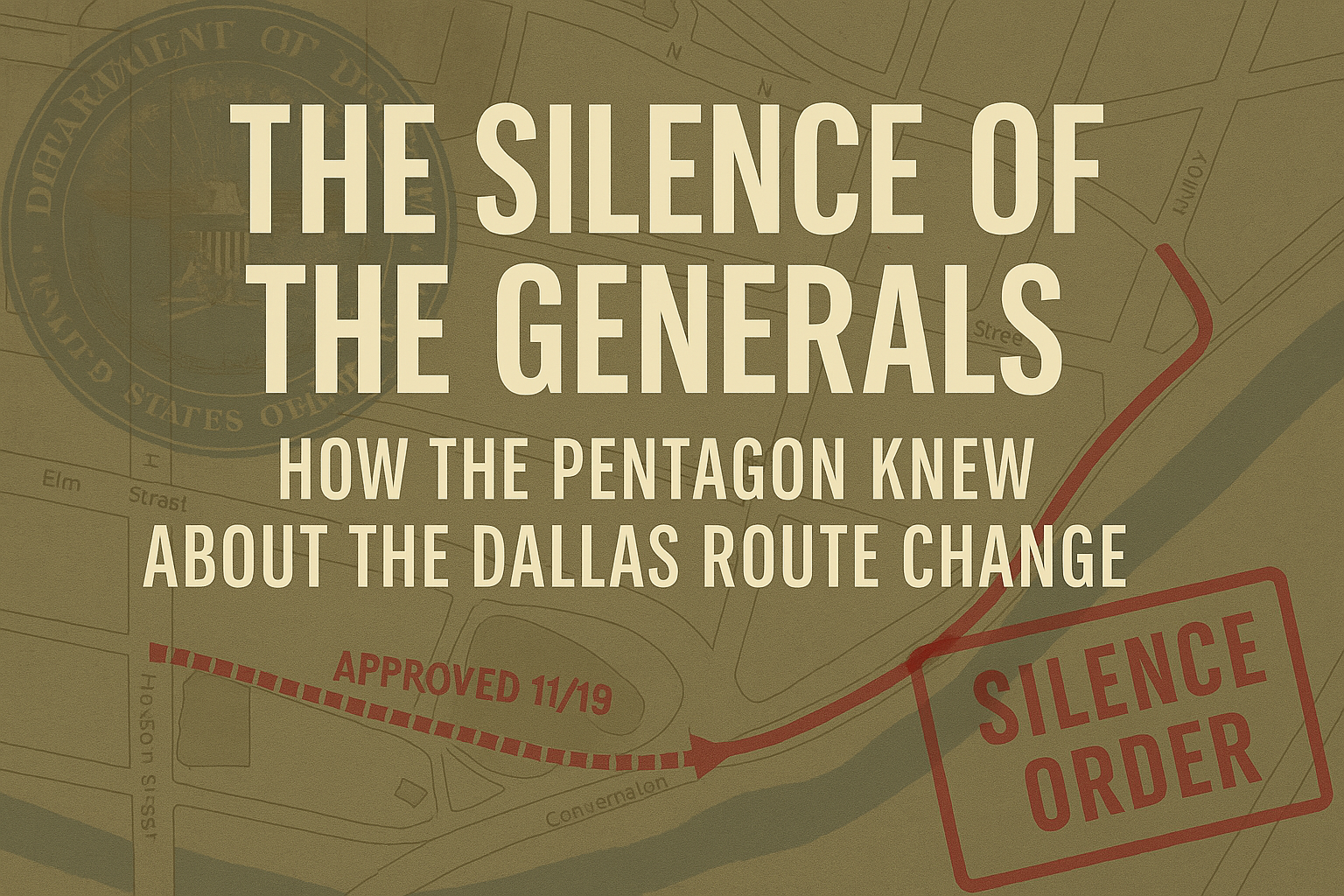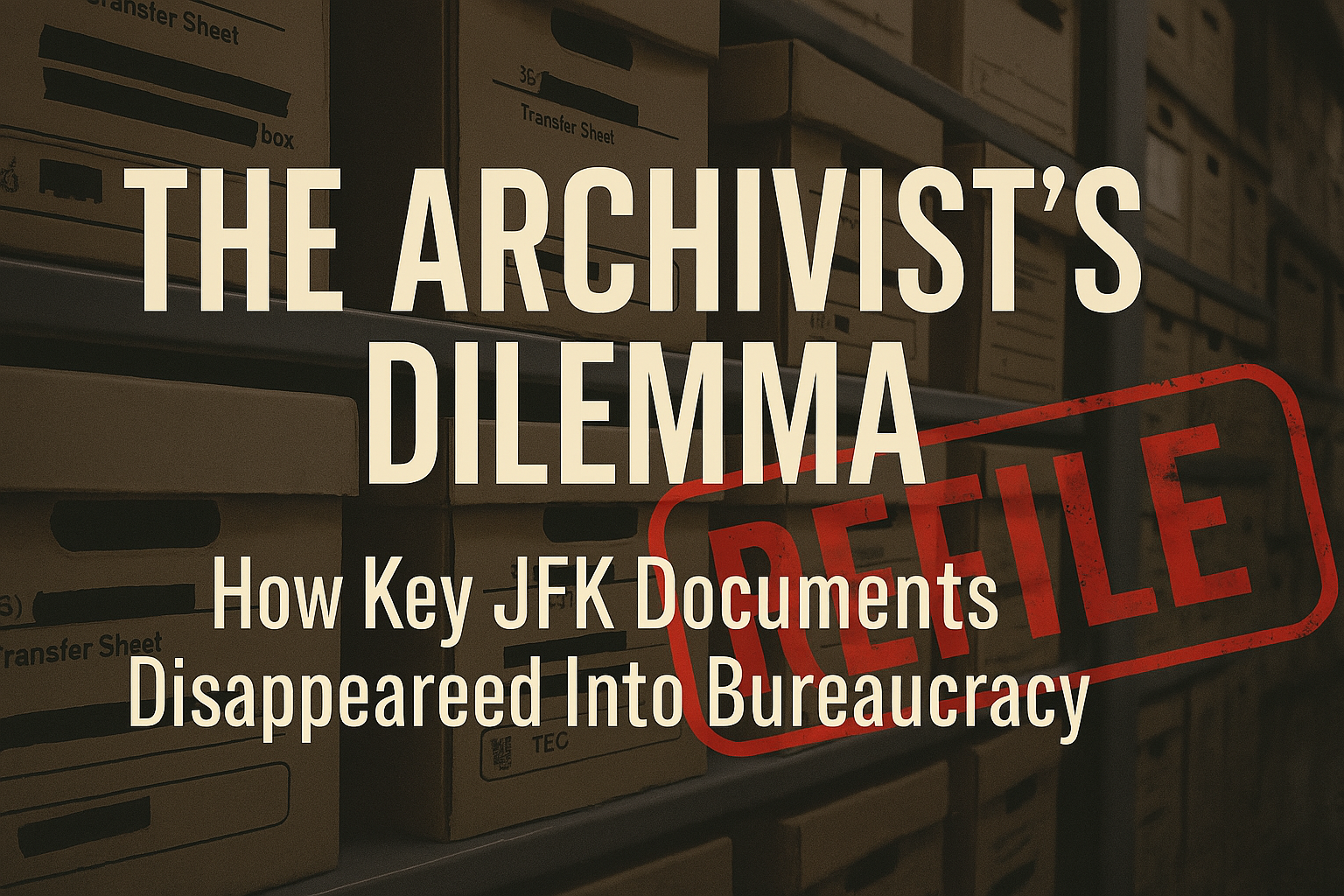2025 declassified documents confirm multiple private and municipal cameras captured JFK’s assassination-but their tapes were seized and never returned.
🎥 More Cameras, Less Footage
Dealey Plaza in 1963 wasn’t filled with smartphones-but it wasn’t blind, either.
There were at least:
- 3 commercial security cameras
- 2 Dallas Police traffic cameras
- 1 camera belonging to a Shell gas station across Elm St.
- And 1 unidentified private video setup across from the Texas School Book Depository
Yet in the public record, only Zapruder’s film and a few amateur reels survive.
The 2025 files explain why.
🗂️ FBI Memo: “Private Footage Collection – 11/22 Emergency Directive”
A memo from Dallas FBI Field Office issued at 2:20 p.m. on the day of the assassination reads:
“Teams instructed to collect all available film or tape materials from businesses near crime scene. Inventory only. Originals to be forwarded to Langley or held at regional lab.”
This memo was classified until the April 2025 release.
No inventory list was ever made public.
⛽ The Gas Station Tape
A report from FBI Special Agent Warren Rayfield notes a “16mm stationary reel” collected from a Shell station at 401 Elm Street.
The footage allegedly showed:
“Significant crowd movement and a vehicle briefly parked with engine running on opposite curb moments before final shot.”
The film was logged. Then vanished.
In 1975, the gas station owner told a congressional investigator:
“They said they’d return it in a week. I never saw it again.”
🧾 Traffic Camera Feed: Scrubbed
A declassified 1967 Texas Department of Public Safety memo reveals that two DPD traffic cams at Elm and Houston were:
- Active on November 22
- Recording on loop
- “Rewound and overwritten within 12 hours of seizure”
Why? Because Secret Service agents advised it contained “non-verifiable shadows” inconsistent with Oswald’s position.
📼 The Unidentified Film – “Box 447”
Among the 2025 archives is a single photo of a man holding a camera across from the depository.
No name. No footage.
But the photo was included in a folder labeled:
“Box 447 – Surveillance recovery, unsourced.”
That box was destroyed in a document purge in 1971.
A paper trail confirms its destruction-but not its contents.
🔚 The Tapes Didn’t Lie-They Just Disappeared
The official narrative depends on the scarcity of clear, uncut footage.
The public saw Zapruder.
The government saw more-and kept it.
